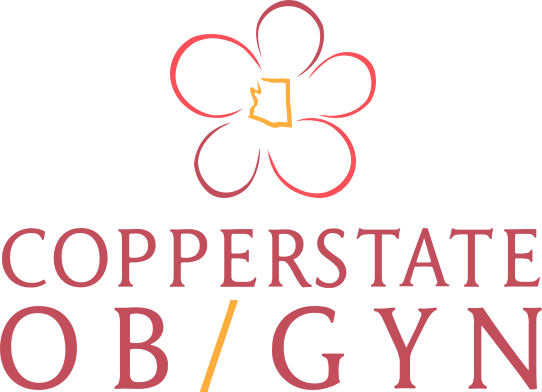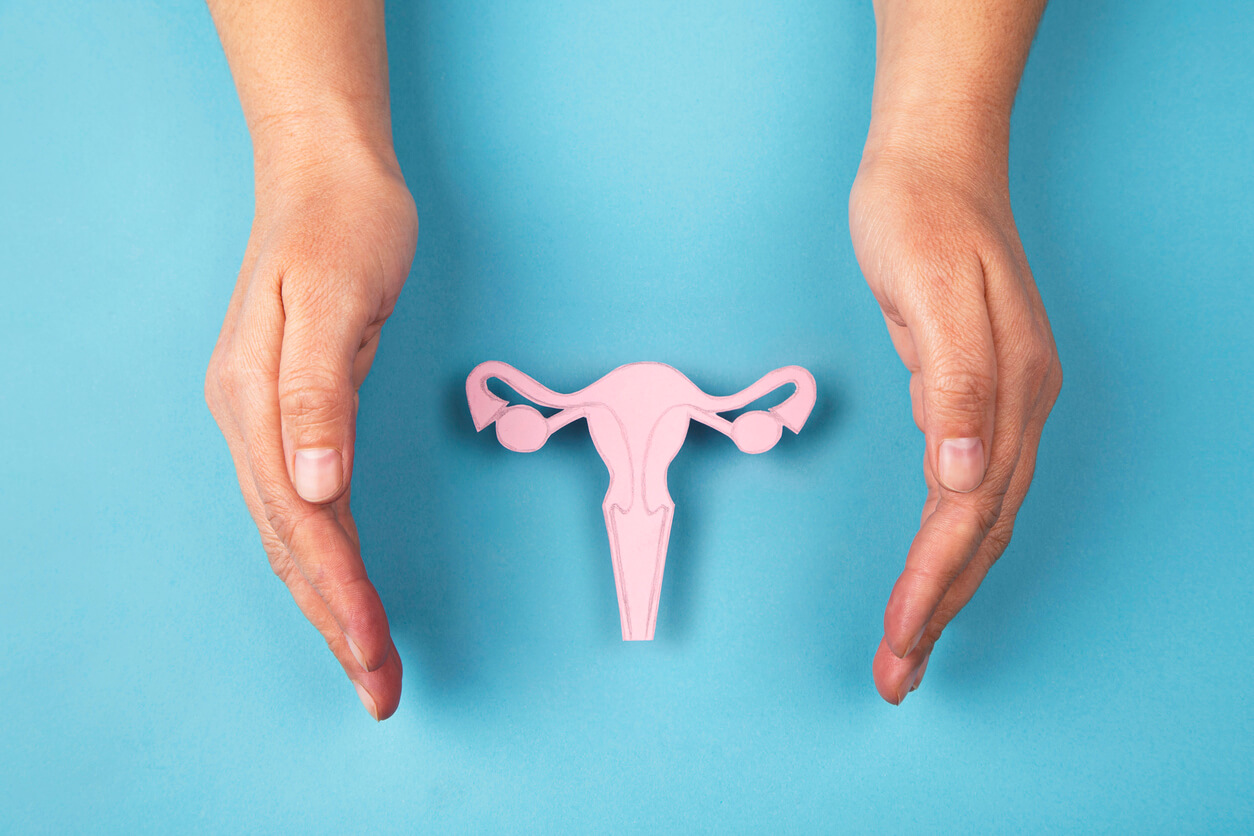When it comes to pregnancy and our menstrual cycles, the uterus is truly the star of the show. However, we don’t always give our uterus the credit it deserves. It is truly a powerhouse of an organ. Taking a deep dive into its functions and purpose is the perfect way to celebrate I Am Woman: A Celebration of Womanhood.
What Is The Uterus?
Small, but fiesty, the uterus is a hollow, pear-shaped organ that sits in the female pelvis between the rectum and bladder. It’s also commonly referred to as the womb. It is roughly the size of a fist with two horn-like organs that sit at the top. These are your fallopian tubes. The uterus also connects to your cervix at the bottom which leads to your vaginal canal.
The Structure of The Uterus
The uterus is composed of an elaborate network of blood vessels and nerves. These direct the blood flow to the pelvis and the external genitalia, including the ovaries, vagina, labia, and clitoris. When the blood flow to these areas increases, we can experience sexual arousal.
The uterus is made up of three layers:
- The perimetrium: The outer, protective layer
- The myometrium: The muscular middle layer. This is what expands and contracts during pregnancy and birth.
- The endometrium: The inner lining of your uterus. This is the layer that is shed during your menstrual cycle.
The uterus also has 3 main functions, and boy, are they important! The uterus plays a key role in the menstrual cycle, pregnancy, and fertility.
Your Uterus During Your Menstrual Cycle
If pregnancy doesn’t occur, the average menstrual cycle will complete within the uterus from start to finish, about once a month.
First, the endometrial lining will get thicker with blood as you are approaching the period of ovulation. If an egg is not fertilized during the period of ovulation, then the uterus will contract and cause this lining to shed, creating the external blood flow that we know as our “period.” In a woman’s reproductive lifetime she will experience, on average, 500 periods.
Your Uterus During Pregnancy
If sperm meets an egg during a woman’s period of ovulation, fertilization can occur. If the fertilized egg then implants itself in the endometrial lining of the uterus, pregnancy can officially occur.
During pregnancy, remarkable changes occur in the uterus. From the first trimester to the third trimester, the uterus will expand from the size of a grapefruit to the size of a watermelon! After giving birth, the uterus will then go back to its original size of roughly a fist. It is an extremely flexible and resilient organ.
Our strong and adaptable uteruses are just one of the many amazing parts of the female body that make us who we are. Practice gratitude for every part of your body with us during I Am Woman: A Celebration of Womanhood.
I Am Woman: A Celebration of Womanhood
In March 1992, Dr. Karen Addis and her husband Dr. Walt Patton opened Copperstate OB/GYN, a premier women’s healthcare facility focused on providing exceptional care and guidance to women of all ages. This year we are celebrating 30 years of female empowerment with I Am Woman: A Celebration of Womanhood. In addition to our monthly blog posts, we’ll be hosting Facebook Live sessions and giveaways each month in our Facebook group, Tucson Women: Healthy Living, that will celebrate womanhood and test followers’ knowledge!
Are you looking for an OB/Gyn you can trust in the Tucson area? Let us support you in achieving true health and wellness. Call (520) 721-8605 to book your appointment today.
References:

